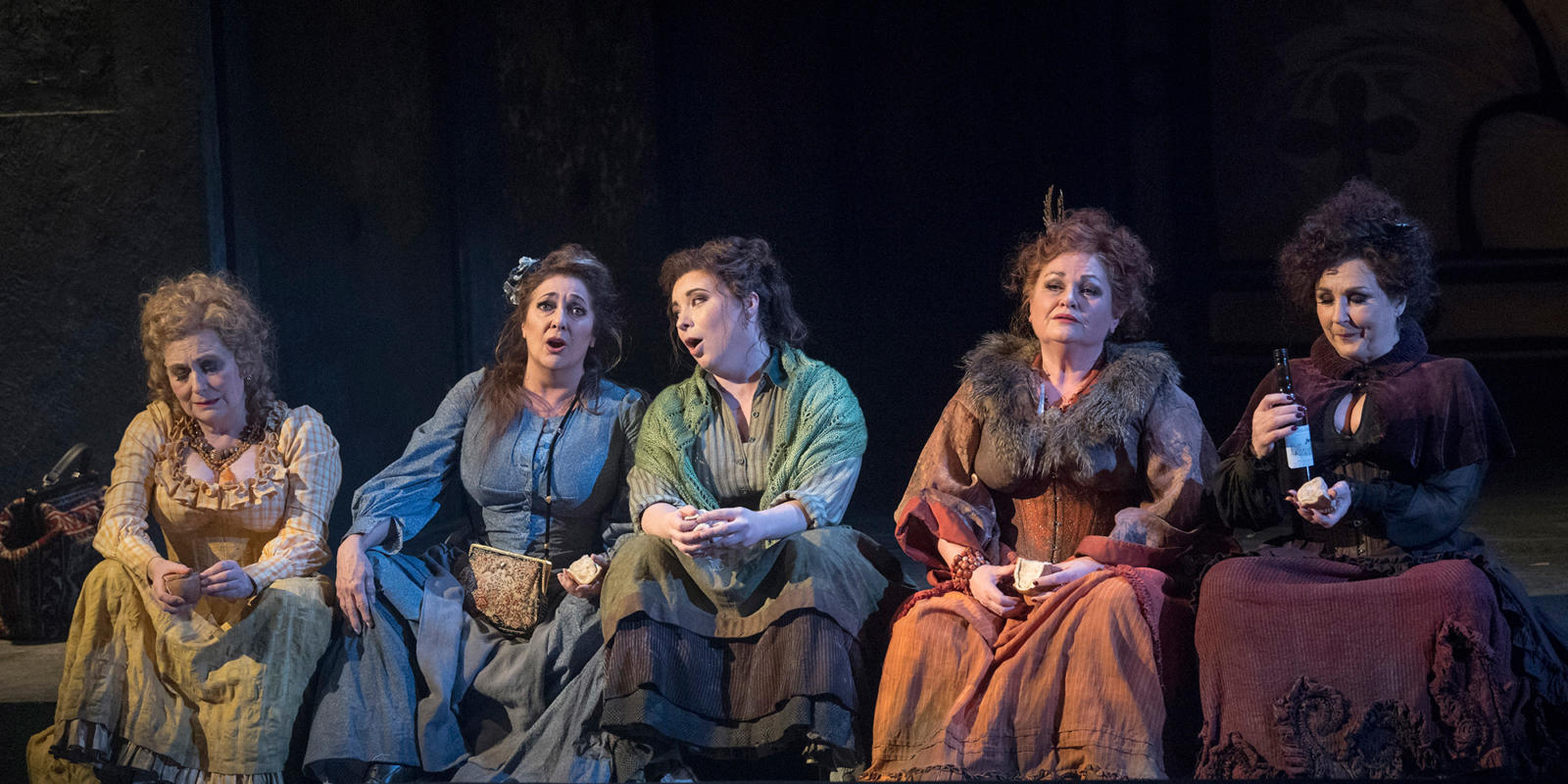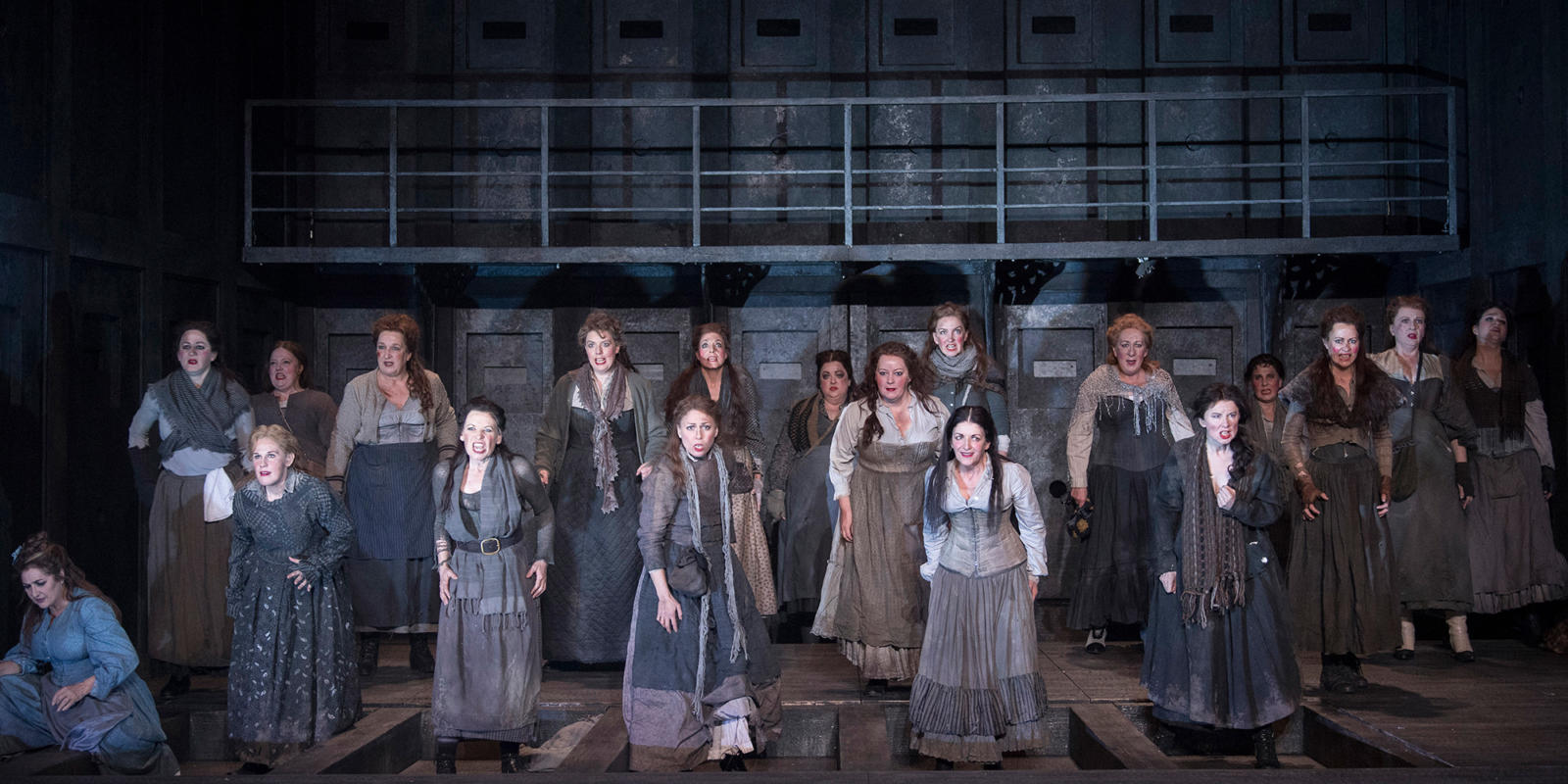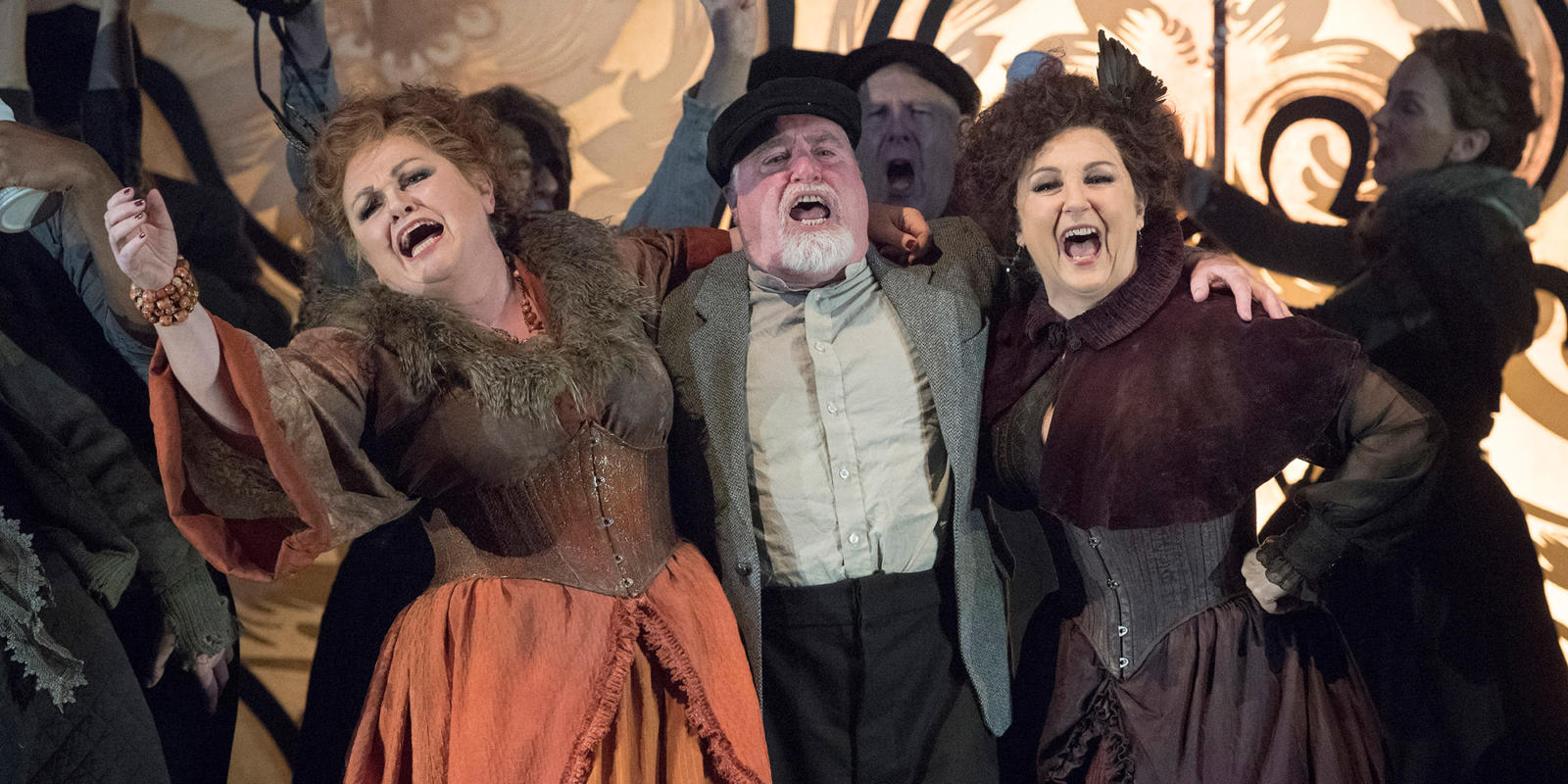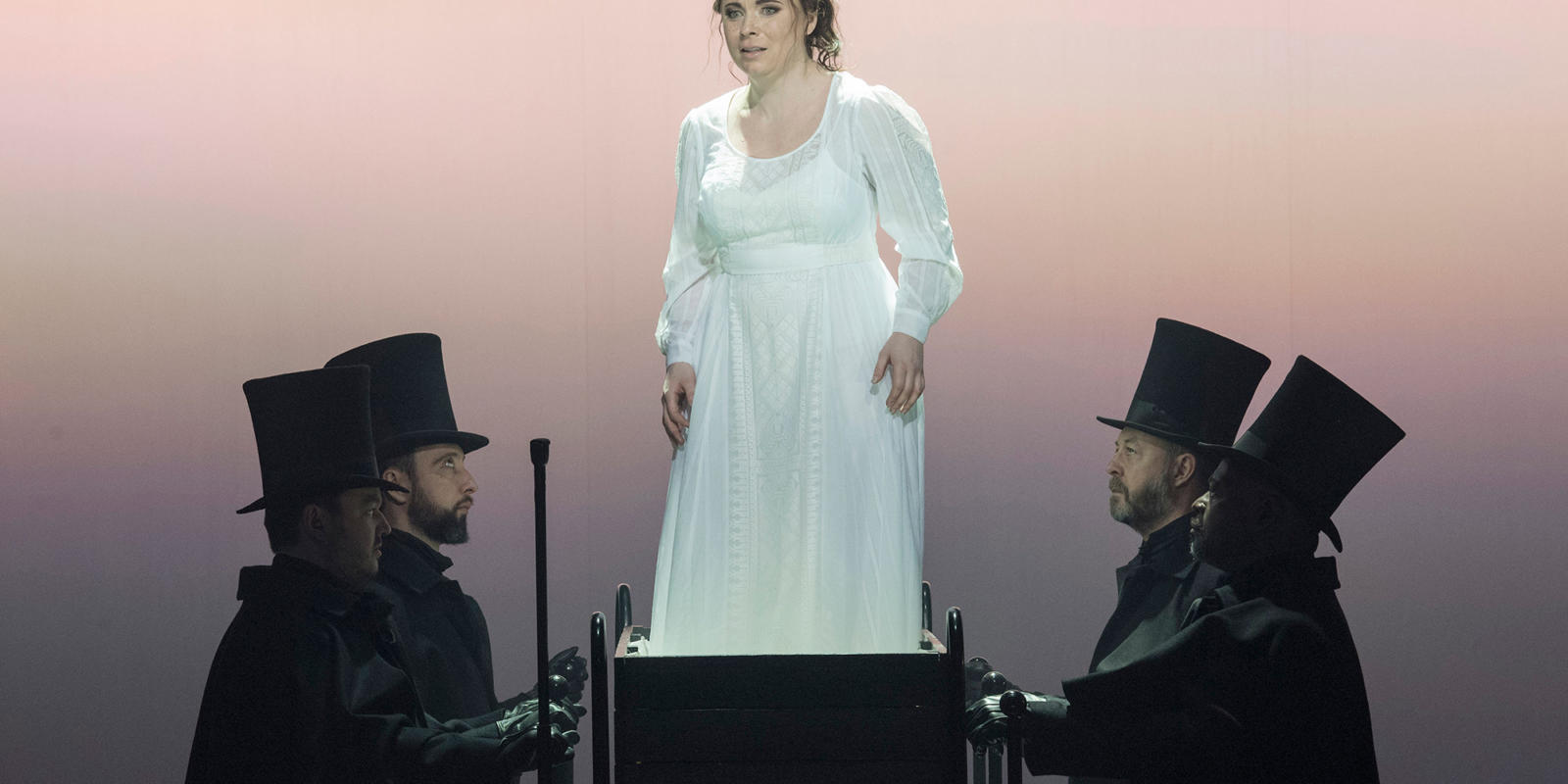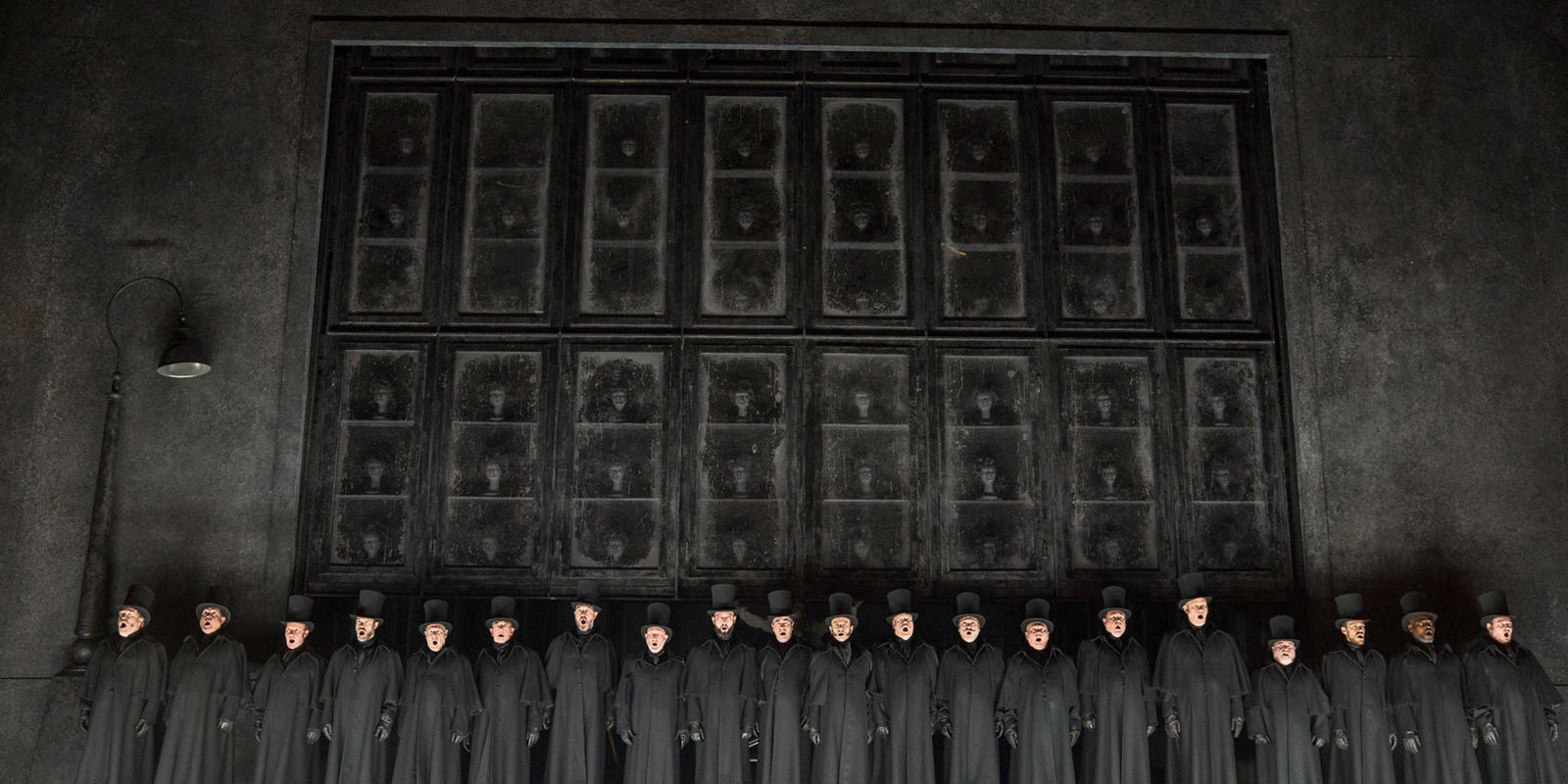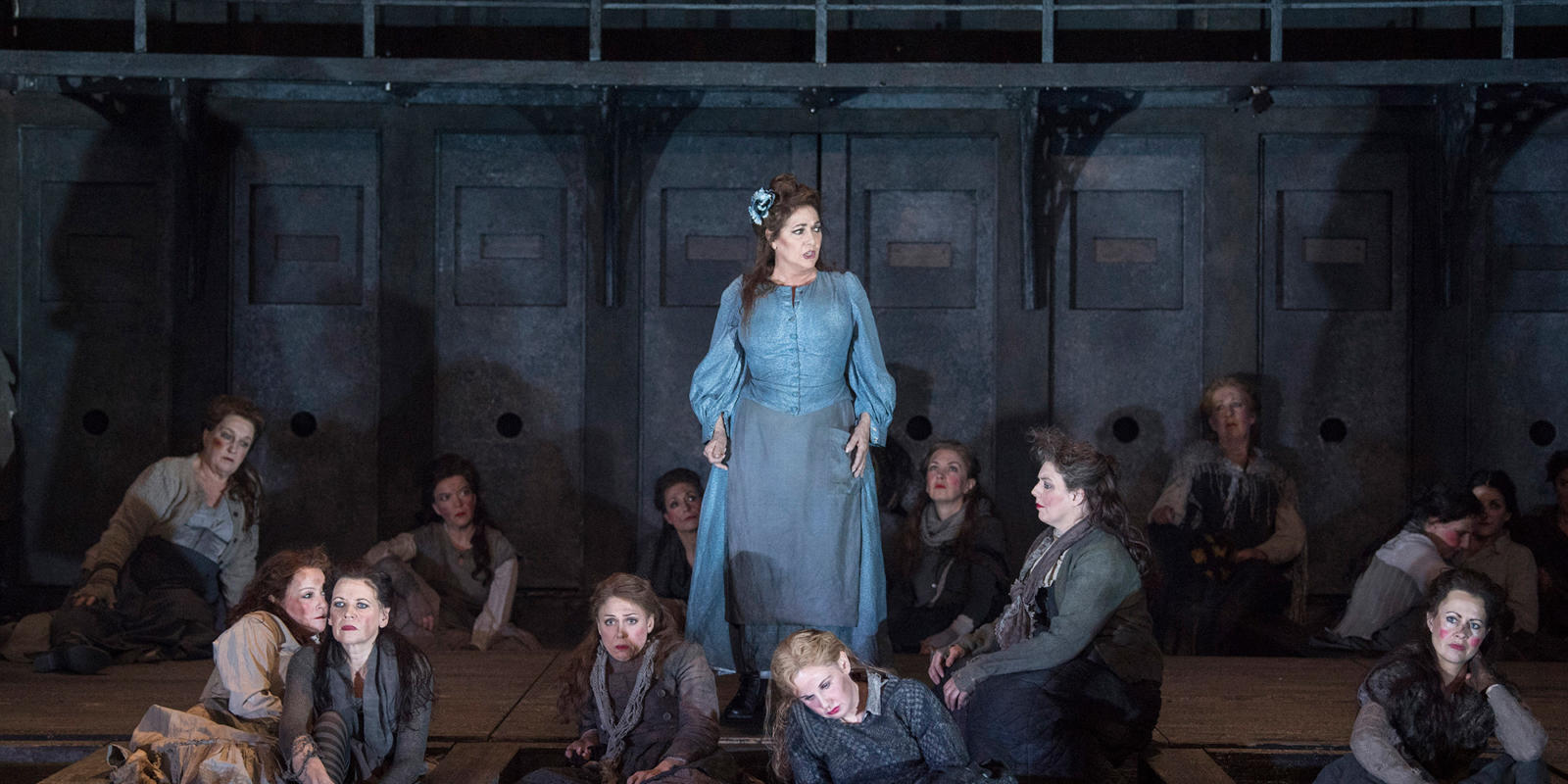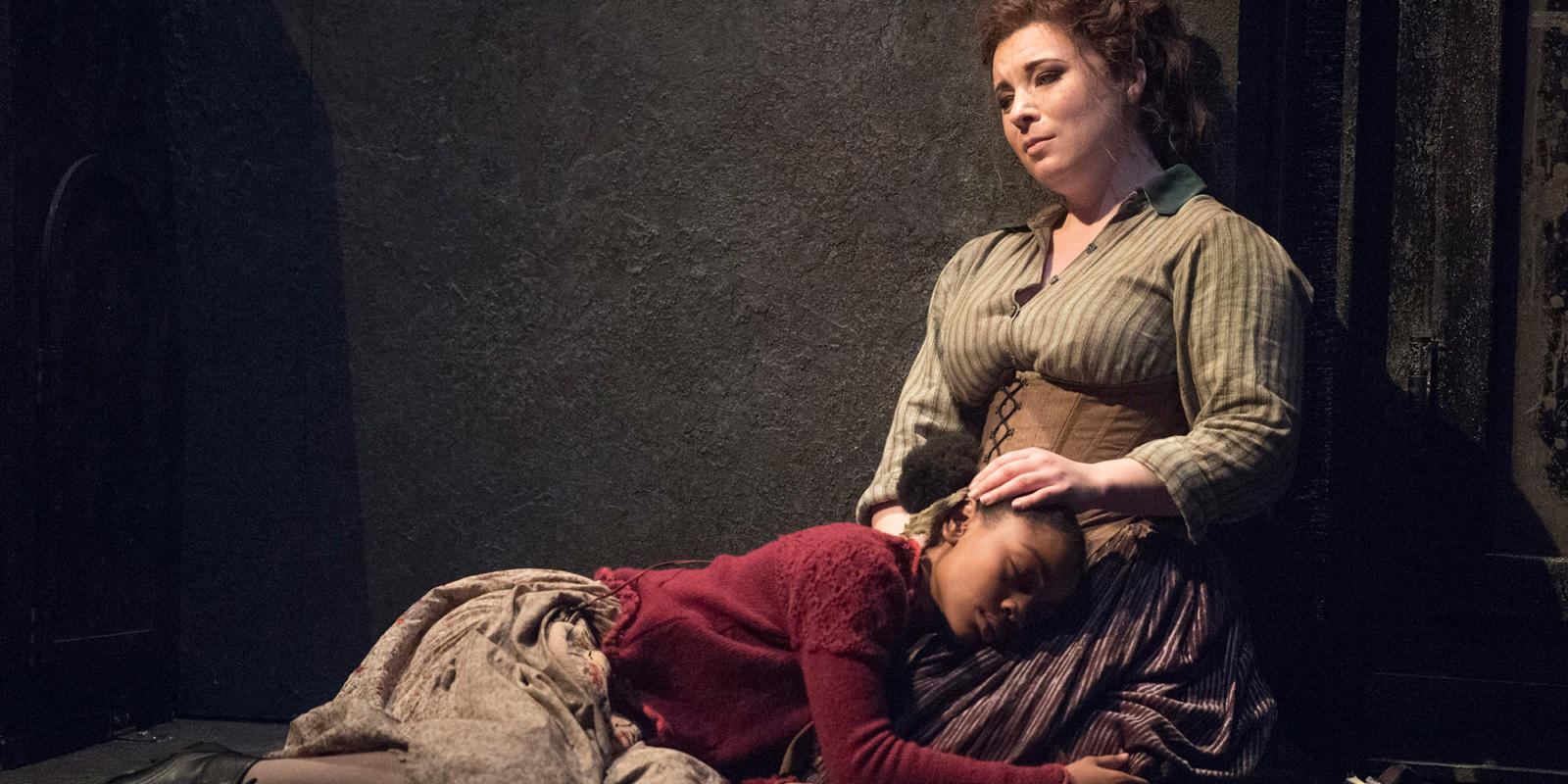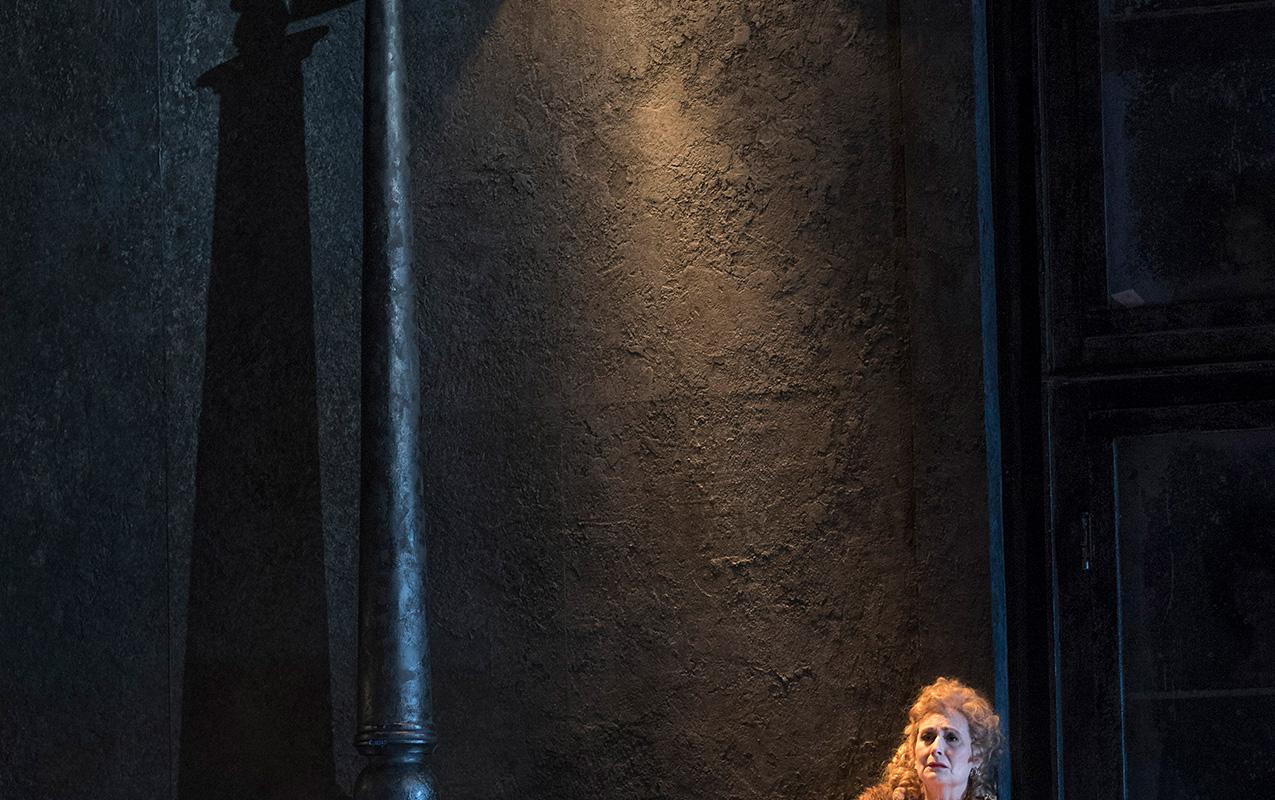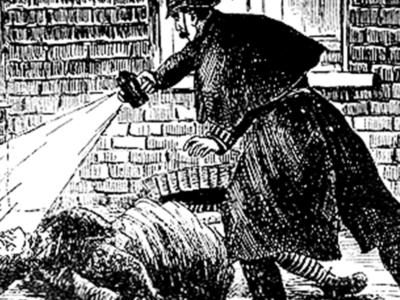An Introduction to Jack the Ripper: The Women of Whitechapel
Here’s everything you need to know about ENO’s production of Iain Bell’s Jack the Ripper: The Women of Whitechapel.
It’s a brand new opera by English composer Iain Bell
Following his critically acclaimed In Parenthesis, Bell’s Jack the Ripper: The Women of Whitechapel comes to the London Coliseum for the World Premiere.
The opera, with a libretto by Emma Jenkins, explores the relationships of the disadvantaged women who are drawn together during the Ripper’s murderous reign. The eponymous Ripper never appears on the stage in human form. Instead, he is personified by ‘the darkness’, a feeling which swallows up the stage as the victims are about to meet their demise.
Video
The opera tells the often-untold stories of the Ripper’s victims
In late 1888, Jack the Ripper (as he is commonly known), killed 5 women in the Whitechapel area of London. His violent killing spree lasted just 3 months. The impoverished victims all lived and worked in the slums of London’s East End.
Jack the Ripper: The Women of Whitechapel aims to tell the stories of the Ripper’s five victims; the women that often go unnamed. They are:
- Mary Kelly
- Polly Nichols
- Annie Chapman
- Liz Stride
- Catherine Eddowes
The production features ENO favourites Susan Bullock, Lesley Garrett, Marie McLaughlin, Janis Kelly and Natalya Romaniw as the five women who would go on to be Jack the Ripper’s only named victims.
Photo Gallery
Life in nineteenth-century Whitechapel was tough for the working classes
During the nineteenth century, London became the World’s largest city. While the city grew in size and wealth, it also grew in population, and so millions lived in poverty. The destitute working classes lived in overcrowded slums, filled with disease, death and crime.
Many impoverished women of the time turned to sex work, just to be able to afford a roof over their heads and a bed for the night. Many of these working-class women (and men) were forced to stay in dosshouses, offering a cheap alternative to staying on the street.
The opera features a drinking song
The drinking song, or Brindisi (Toast in Italian), became a standard in nineteenth century opera, thanks to composers like Verdi and Donizetti. The convivial song is accompanied with drinking, and is often used to get the party going or as a toast.
Have a watch of the La traviata trailer below to hear Verdi’s Brindisi.
Video

